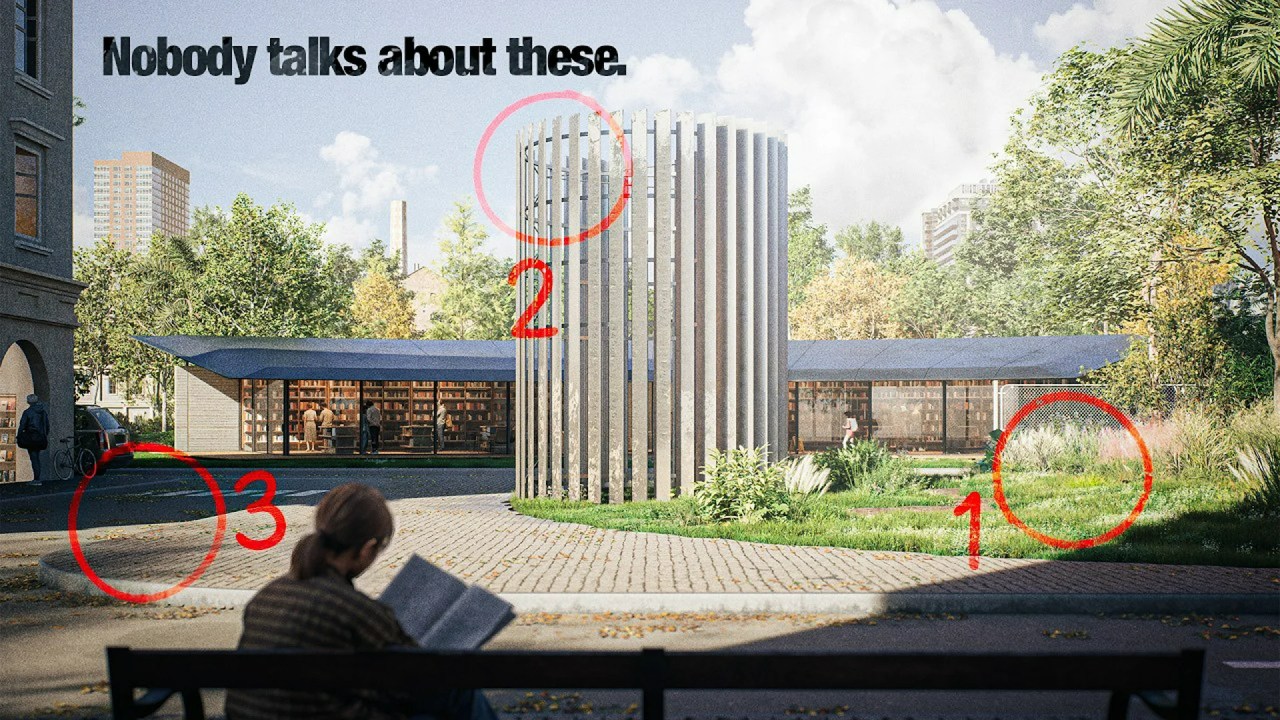Unlock the Power of Compositing in Blender
For 3D artists and Blender enthusiasts, compositing is often seen as the secret sauce that elevates renders from good to breathtaking. It’s a powerful toolset within Blender that allows you to fine-tune your images, add stunning visual effects, and achieve a cinematic look. In their latest video, Kaizen Tutorials breaks down the essentials of compositing in Blender, offering valuable insights for both beginners and experienced users.
Video via Kaizen Tutorials
What is Compositing and Why Should You Care?
Compositing is the process of combining multiple images or video clips into a single, final image. In Blender, this happens in the Compositor, a node-based editor where you can manipulate your renders after they’ve been created. According to Kaizen Tutorials, the benefits are immense. Compositing allows you to:
- Fix Imperfections: Correct errors or unwanted elements without re-rendering the entire scene.
- Enhance Visuals: Add effects like glow, color correction, and depth of field.
- Create a Unique Style: Develop a signature look for your renders through custom compositing setups.
Denoising in the Compositor: A Game Changer
One of the most practical applications of compositing is denoising. As Kaizen Tutorials demonstrates, denoising in the compositor can save significant rendering time. Instead of relying solely on the built-in denoiser during the rendering process, you can use the compositor’s denoising nodes to clean up your image afterward. This approach can be particularly useful for complex scenes with high noise levels.
Adding Depth of Field After Rendering
Achieving realistic depth of field can be computationally expensive during rendering. However, the video highlights how compositing provides a way to add depth of field as a post-processing effect. By using the Z-depth pass and various blur nodes, you can simulate the effect of a shallow depth of field, drawing the viewer’s eye to specific areas of your scene.
A Real-World Compositing Workflow
The video doesn’t just cover the theory; it dives into a practical example of a compositing workflow. Kaizen Tutorials walks viewers through a step-by-step process of enhancing a rendered scene, demonstrating how to use various nodes to achieve a polished, professional look. This includes color correction, adding subtle effects, and fine-tuning the overall image.
Further Learning
If you’re eager to delve deeper into the world of Blender compositing, Kaizen Tutorials recommends checking out their Compositing Kaizen course (external link). For those interested in cinematic storytelling, they also offer a Cinematic Storytelling course (external link). Additionally, the official Blender documentation provides a comprehensive resource for understanding all aspects of the Compositor: Blender Compositing Documentation (external link).
Compositing is a powerful tool that can significantly improve the quality of your Blender renders. By mastering the techniques outlined in the video and exploring additional resources, you can unlock the full potential of your 3D artwork.



